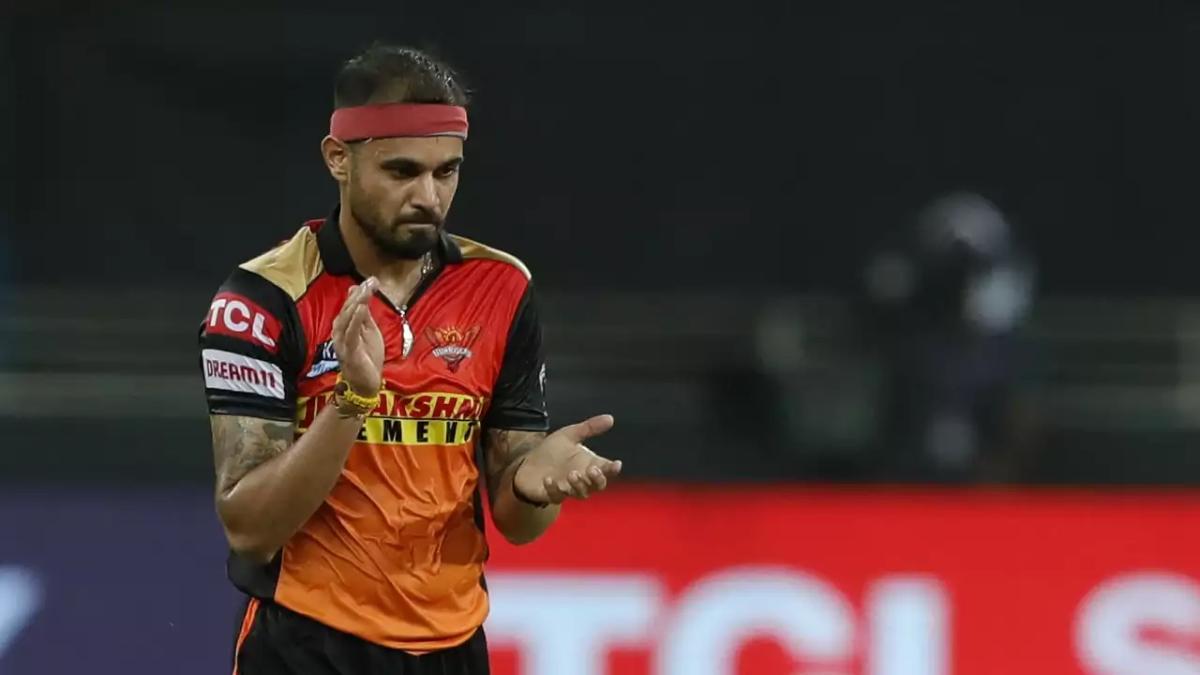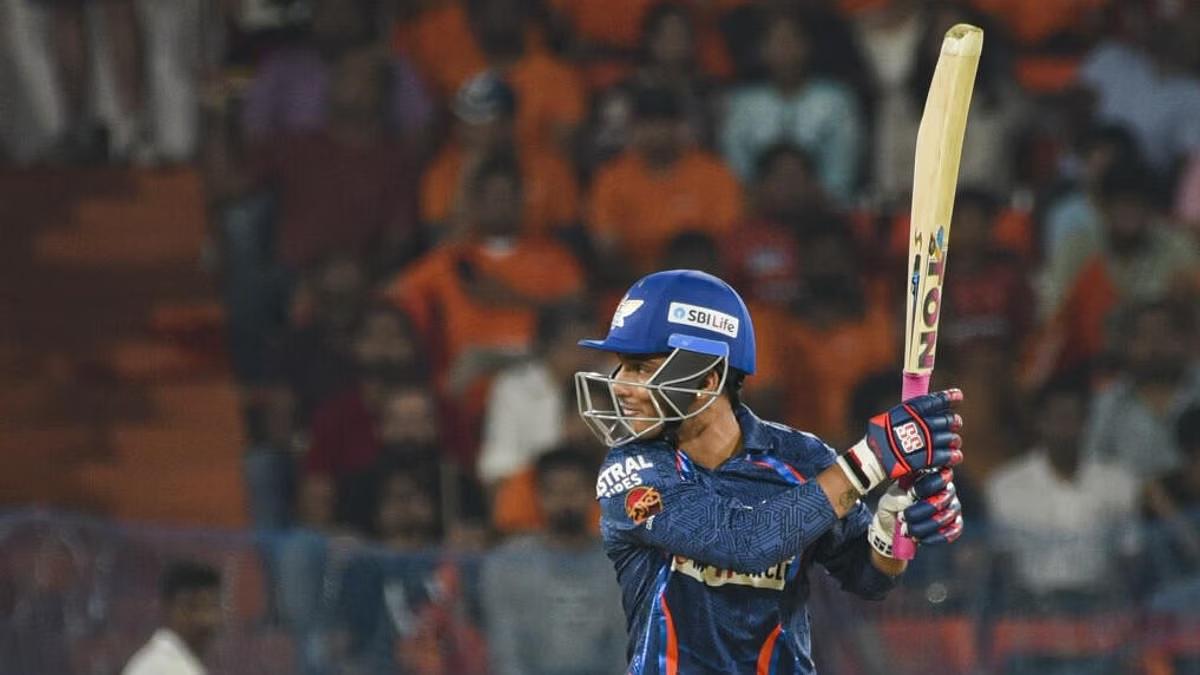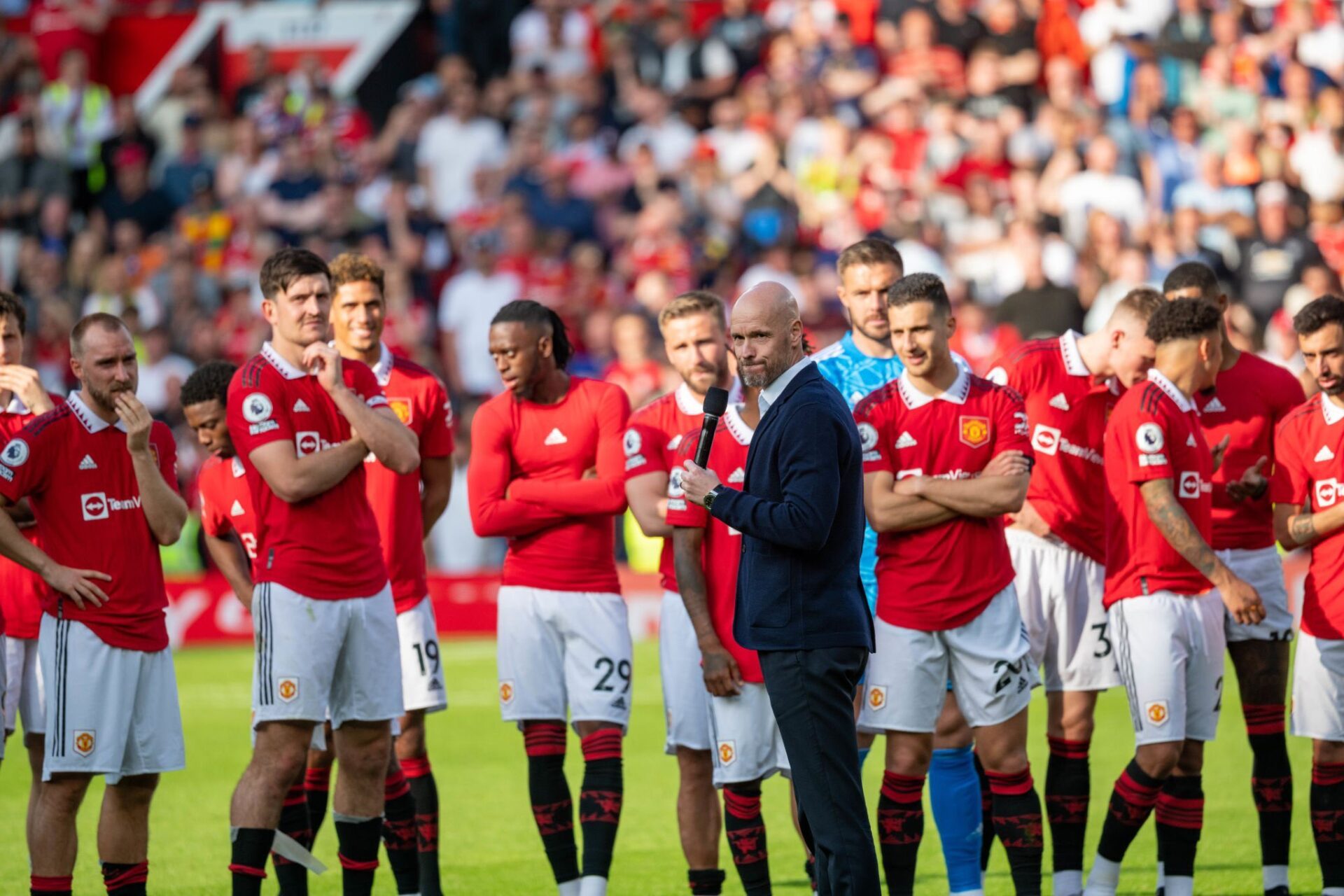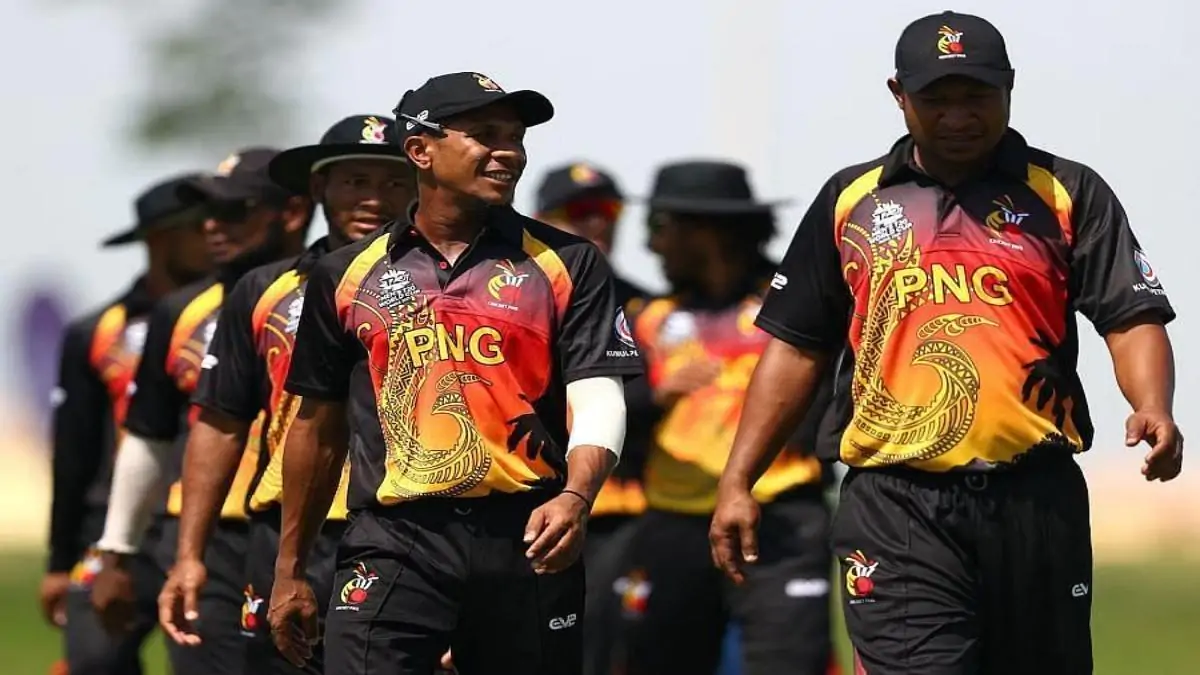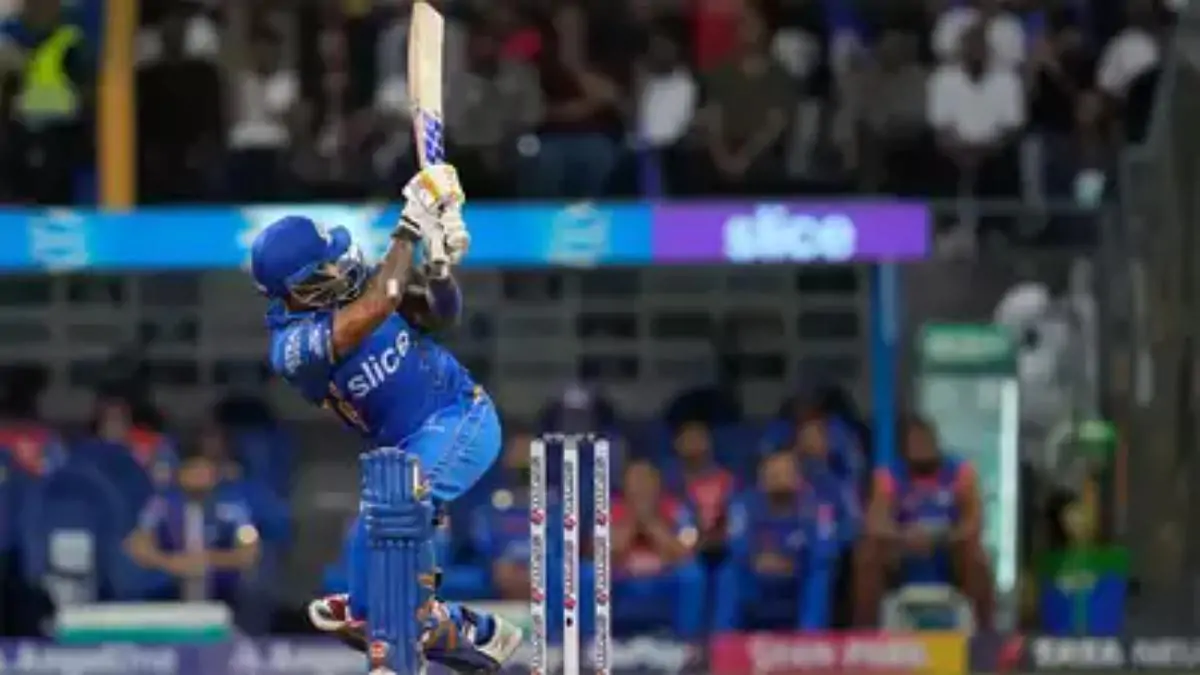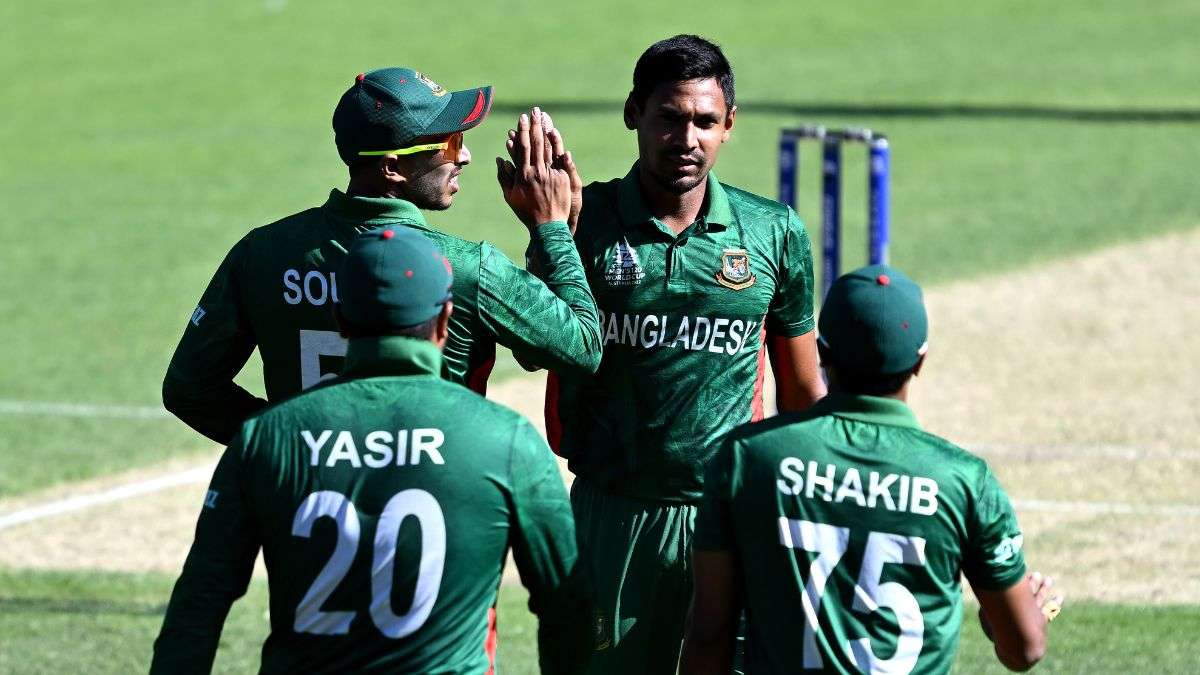(Cricket News) Ben Stokes has demanded that the umpire’s call be dropped from the Decision Review System (DRS) after England’s defeat in the third Test match against India in Rajkot left them perplexed by Zak Crawley’s dismissal in the second innings.
Upon reviewing Kumar Dharamasena’s judgment to dismiss him leg before wicket to Jasprit Bumrah in the ninth over, Crawley became enraged and fled the field, thinking the ball would be missing the top of leg stump based on the estimated path.
This was Crawley’s second marginal DRS call; the first came in his match against Kuldeep Yadav in Visakhapatnam, where he was called leg before after Rohit Sharma’s review. Stokes at the time referred to the choice as “wrong.”
Following England’s 434-run defeat, the captain of the team and head coach Brendon McCullum were spotted asking match referee Jeff Crowe for clarity. Speaking at stumps, Stokes claimed he was informed that the graphic that was generated, which displayed the ball’s predicted course narrowly missing the top of the leg stump, was incorrect. Stokes received confirmation from Hawk-Eye that the calculations were accurate in predicting sufficient contact with the leg stump to support the on-field verdict.
“When the photographs came back, we just needed some clarification regarding Zak’s DRS,” Stokes said. “The replay shows that the ball is definitely missing the stump. We were therefore a little confused when the umpire called it even though the ball had not really touched the stumps.
“It reported that the projection was incorrect even though the statistics, or whatever it was, indicated that it was striking the stumps. I am not sure what that implies. Well, something is obviously wrong.
“I am not attributing that to what has transpired here, any more than I did the previous week. Simply said, What is happening?
Ollie Pope’s dismissal in the first innings infuriated England too. Mohammed Siraj was initially declared “not out,” but the ruling was overturned because the impact on the leg stump was considered decisive. The foreign viewers felt the decision made on the field would be upheld.
Stokes restated his belief that England’s current 2-1 deficit in the five-match series is not down to such calls. However, he expressed his support for changing the system, beginning with the umpire’s call.
“This game, we have lost three umpire calls, and that is a component of DRS. Either you are on the correct side or the incorrect side. Regretfully, we have been in the wrong camp. 500 runs is a lot of runs, therefore I am not claiming and I never will say it is the reason we lost this game.
It cannot be reduced to the outcome of a game. It stings occasionally to be on the losing side of those choices, but that is just part of the game. You want things to go your way, and occasionally they do and occasionally they don’t
You merely desire level playing fields. Even without the ball spinning, umpires have a very difficult job. This is especially true in India. In my view, the ball is striking the stumps if it is making contact with them. ‘Umpire’s call’ ought to be removed, to be completely honest. It sounds like we are whining and claiming that is why we lost the Test match, so I do not want to dig too into it.”
Following Stokes’ initial remarks during the second Test regarding the DRS’s accuracy, Paul Hawkins—the man behind Hawk-Eye’s ball-tracking technology—defended the setup and procedures.
According to Hawkins, “there is not [even] a one percent chance that it is inaccurate,” the Sunday Times said. “We take screen grabs of each DRS [incident] that display everything the [Hawk-Eye] operator sees. This is automatic; we have no influence over it. As part of the quality control procedure, it is sent right away to the ICC, the body that oversees the game.
Additionally, there are two separate tracking systems. Although the cameras are identical, the operators perform the manual portion and calibrations on their own. In the odd event that one crashes, this offers backup.
Before anything airs, the person who plays the review on TV [must verify] that both trajectories produce the same outcome and are striking the stumps in the same location, even in the case of an LBW shout, let alone a review.
“Although it is not an entirely automated system, a lot of efforts are made to reduce human error through training, checks, and the two-person, separate process that has essentially always existed.”
See also: Legendary South African Cricketer Mike Procter Dies at 77.




